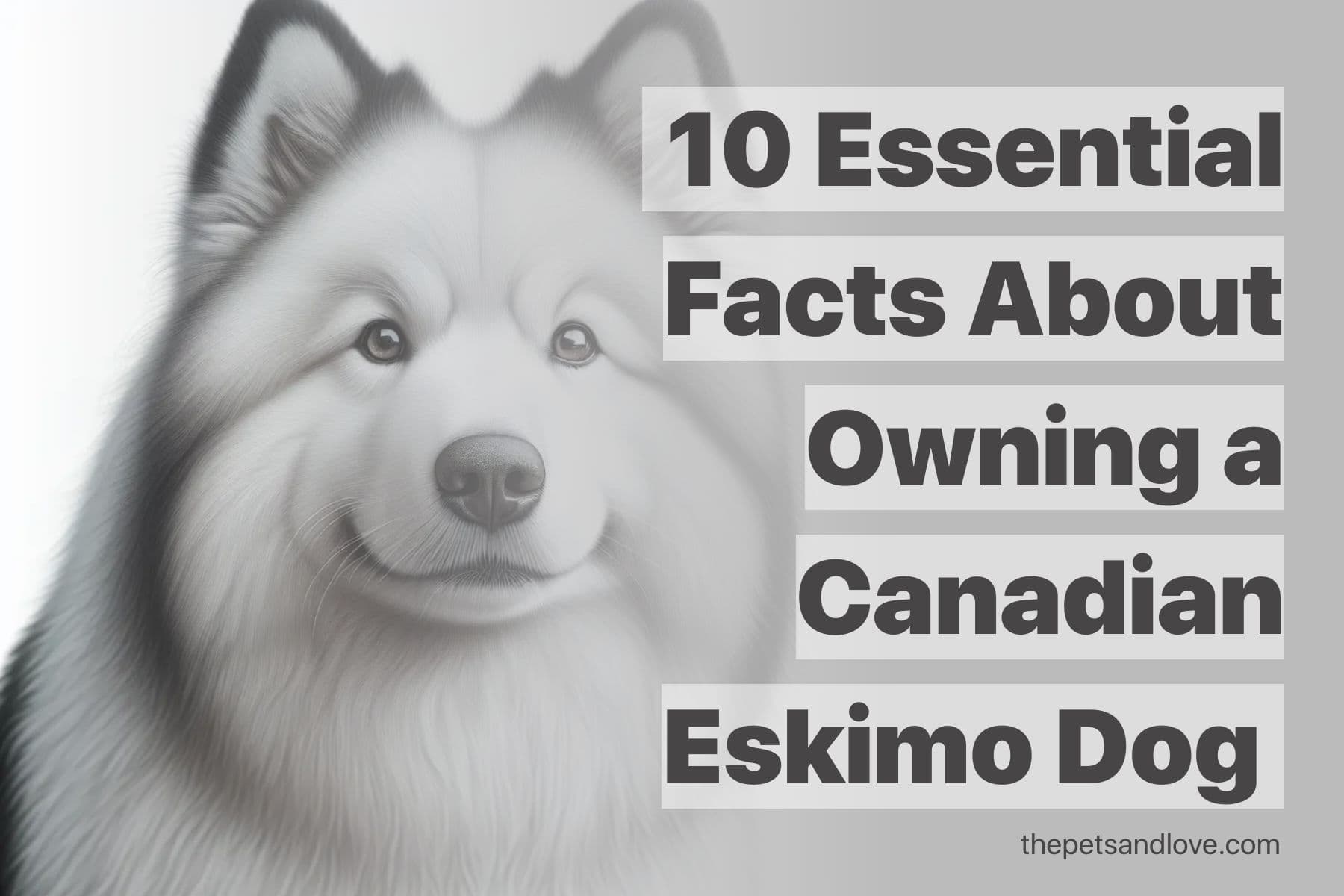Consider These 19 Factors Before Purchasing a Canadian Eskimo Puppy

The Canadian Eskimo Dog: What to Know Before Bringing One Home
The Canadian Eskimo Dog — also known as the Inuit Dog — is one of the oldest and rarest working breeds in the world. Originally bred by the Inuit people for sled pulling and hunting in the harsh Arctic, this powerful, pack-driven dog is not your average house pet. They’re loyal, energetic, and absolutely stunning. But they’re also a real handful if you’re not ready for the commitment.
We’ve worked with high-energy breeds before, and let me tell you — these dogs are not for the faint of heart. Here’s what you really need to know if you’re thinking about adding a Canadian Eskimo Dog to your life.
They’re Built for Work, Not Couch Life
These dogs are big — typically 66 to 95 pounds — and built like tanks. Think thick double coat, curled tail, and powerful legs. That coat? It sheds like crazy twice a year, so be ready for some serious grooming.
They need a ton of exercise. A daily walk won’t cut it. These dogs were bred to pull sleds for miles, so they need long runs, structured play, or even dog sports like mushing or carting. Without it, they’ll get bored — and a bored Canadian Eskimo Dog is a destructive one. We’ve seen them dig craters in backyards or chew up fences when under-stimulated.
If you’re not active or can’t commit to at least 2–3 hours of physical and mental activity daily, this isn’t the breed for you.
Not Great for Apartment Living — or Multidog Homes
Canadian Eskimo Dogs are pack animals through and through, but that doesn’t mean they love every dog they meet. They tend to be dominant, territorial, and wary of unfamiliar dogs — even aggressive if not properly socialized. They’re best kept as solo pets unless raised with a very stable pack from the start.
They also have strong prey drives. Birds, cats, rabbits — anything small and fast can trigger a chase. We don’t recommend them for homes with small animals.
In terms of people, they can be affectionate and loyal, especially with family. They’re good with kids but may try to “herd” them — nipping at heels and circling — so supervision is a must.
Training Takes Consistency and Leadership
These dogs are smart — really smart — but they’re also stubborn. You need to earn their respect with consistent, confident training. They thrive with a clear leader, not harsh discipline. Think calm, firm, and patient.
They’re not ideal for therapy or service work — their independence and intensity make them better suited for working or guarding roles. That said, they’re very trainable once you’ve built a strong relationship.
Feeding and Health Basics
Canadian Eskimo Dogs do best on a high-protein, meat-based diet — especially if they’re active. They can have trouble digesting grains like corn or rice, so look for quality food and maybe talk to your vet about supplements like bone meal or fat if they’re working hard.
Health-wise, they’re generally sturdy, but watch for hip dysplasia, arthritis (especially in warmer climates), cataracts, and gastric torsion (bloat). If your Eskie is drooling more than usual or seems off, get them checked — they normally don’t drool much.
Rare and Pricey — With a Deep History
This isn’t a dog you’ll find at your local shelter. The breed nearly went extinct in the 1960s, and though numbers have rebounded thanks to dedicated breeders, they’re still rare. Expect a long waitlist and a price tag of $2,000–$3,000 — not including initial vet costs, spay/neuter, and supplies.
But with that rarity comes a rich history. These dogs have been side by side with the Inuit for over 4,000 years — pulling sleds, protecting camps, and surviving brutal Arctic conditions. They’re one of the few breeds that still carry that raw, primal energy.
Is a Canadian Eskimo Dog Right for You?
This breed is a whole lifestyle. They’re not low-maintenance. They’re not lapdogs. But if you live in a cold climate, love being outdoors, and want a dog that will bond fiercely with you — and challenge you in all the best (and sometimes frustrating!) ways — the Canadian Eskimo Dog might just be your perfect match.
Just be sure you’re ready for the ride. Because once they trust you, these dogs will follow you to the ends of the Earth — and expect you to keep up.
